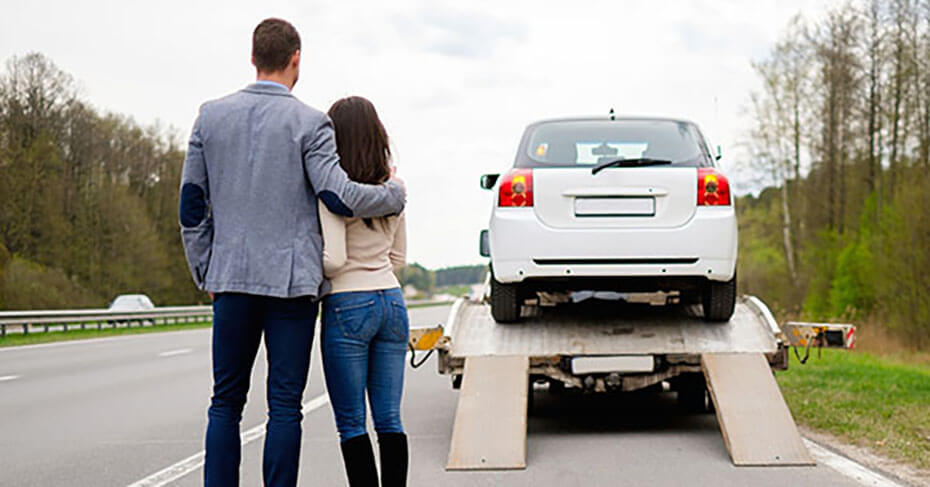
What does basic coverage actually cover?

by Maddi Butler
If you’ve never shopped for car insurance before, or if it’s been awhile since you actually looked at your policy, the world of auto insurance might be a little intimidating. Fortunately, whether you’re getting your first policy or renewing for the thirtieth time, here’s everything you need to brush up on what parts of your policy cover what.
A basic auto insurance policy covers a number of things. Common coverages include things like:
Liability insurance: This is what protects you if you should ever be at fault for an accident. If you damage someone else’s car or injure them, this is the part of your policy that helps cover their expenses.
Personal injury protection: If you’re injured in an accident, personal injury protection helps you recoup your medical expenses.
Comprehensive: Accidents aren’t the only thing that can damage your car. Comprehensive coverage gives you coverage for car loss caused by theft, fire, or non-collision damage like vandalism.
Collision: This is the section of your policy that covers, you guessed it, collision damage. However, it’s not just for accidents. It also covers incidents like hitting a tree, fence, or pole.
Uninsured motorist coverage: If you’re injured in a hit-and-run accident, or by a driver without liability coverage, uninsured motorist coverage helps cover these expenses. It’s not required in every state, so be sure to check your state laws.
Underinsured motorist: If you’re injured in an accident with another person, there’s a chance they may not have enough insurance to cover your injury claim. Underinsured motorist insurance protects you from having to pay the rest out of pocket. It’s optional in some states, so again, check your state laws.
Comprehensive and collision insurance are both optional in all states. Despite being optional, most drivers still choose to pay for this coverage—according to the Insurance Information Institute, 77% of insured drivers have comprehensive coverage and 72% have collision insurance. Some drivers opt to save money by skipping this type of coverage, though. For some, it might make sense. For example, if your car is old and its value has diminished, you may want to put the money you’d spend on comprehensive and collision toward a new car. The general rule thumb is that if your premiums and deductible for this insurance cost as much as your car is worth, you may want to drop coverage.
There are only two states that don’t require auto insurance at all, and those states are New Hampshire and Virginia. While this may feel like an easy way to save money, you’ll still be responsible for damages if you’re in an accident. (If you’re looking for easy ways to save money on your car insurance, Auto-Savings has a pretty good one.)